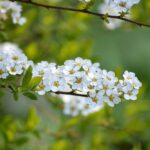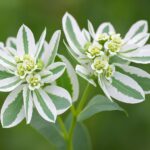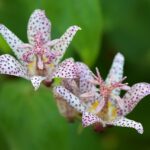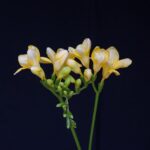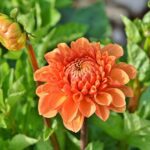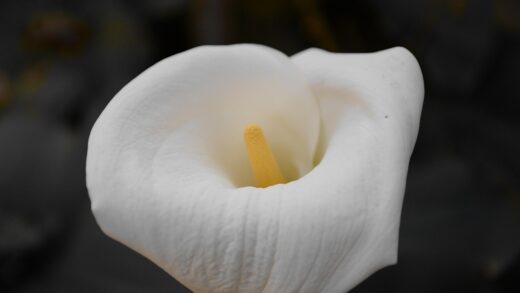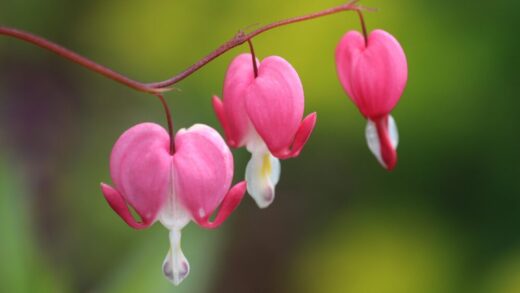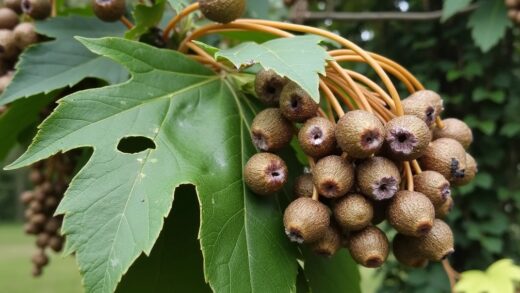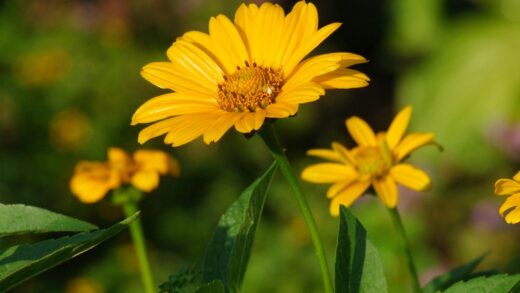The cornflower, this charming annual plant, with its beautiful blue flowers, can be a true adornment for gardens, meadows, and even wild flower beds. Although it often grows wild, it’s becoming increasingly popular in home gardens, not only for its beauty but also for its relative low maintenance. However, for the cornflower to show its best side and bloom for a long time, it requires some attention and knowledge of pruning. It’s important to know that the cornflower is not a plant that needs drastic pruning; rather, it’s about a more delicate, targeted intervention aimed at prolonging its flowering and optimizing its habit. With proper care, you can create a real sea of flowers in your garden, which will delight not only you but also pollinating insects.
Why prune cornflowers?
The primary purpose of pruning cornflowers is to extend their flowering period. By removing spent flowers, the plant doesn’t invest energy in seed production and is instead encouraged to develop new blooms. This can significantly extend the flowering season, sometimes even until the autumn frosts. This is particularly important if you want the cornflower to provide continuous display and not just be a fleeting spectacle.
Furthermore, pruning can help improve the aesthetic appearance of the plant. Dried, faded flower heads not only mar the plant’s beauty but can also inhibit the development of new shoots. Regular deadheading promotes a compact, bushier growth habit, which can be especially beneficial for smaller gardens or container plantings. A well-maintained cornflower bed looks much tidier and more appealing.
Cornflowers are prone to self-seeding, which can be advantageous in some cases but can lead to excessive spreading in others. By removing spent flowers, you can control the dispersal of seeds, thus preventing the plant from becoming overly wild in your garden. If you specifically wish to collect seeds, then, of course, leave a few flower heads until they mature.
It’s important to note that cornflower pruning isn’t a drastic intervention like with a rose bush, for instance. It’s more about a delicate, continuous care routine that supports the plant’s natural cycle. The goal is not to restrain the plant but to maximize its flowering potential.
More articles on this topic
When to prune cornflowers?
The optimal time for pruning cornflowers is during their flowering period; you can do it continuously as individual flowers fade. This is known as “deadheading,” or the removal of spent flower heads. When a flower has withered, its color has faded, and it begins to set seed, it’s time for intervention. Don’t wait until all the flowers have faded; instead, continuously monitor the plant.
This continuous pruning, or deadheading, is the most crucial step in achieving prolonged flowering. Once freed from old flowers, the plant will dedicate its energy to developing new buds. This cycle can continue as long as weather conditions are favorable and the plant receives sufficient nutrients.
Autumn, later pruning is no longer for stimulating flowering but rather for winter preparation or preventing self-seeding. If you don’t want cornflower seeds to scatter and germinate next year, you can remove the flower heads even after the last flowers have faded. This helps keep the garden tidy and controls the spread of cornflowers.
In summary, cornflower pruning is not a one-time event but rather a continuous, attentive care activity. The more regularly you perform it, the longer and more abundant flowering you can expect. Pruning helps maintain the plant’s vitality and aesthetic value throughout the entire season.
More articles on this topic
How to prune cornflowers?
Pruning cornflowers is extremely simple and doesn’t require any special gardening expertise or tools. All you’ll need is a sharp, clean pair of pruning shears or even a sharp knife, but you can also easily snap off spent flower heads by hand. It’s crucial that the cutting surface is always sharp and clean to avoid damaging the plant and introducing infections.
When you remove a spent flower head, cut it directly above the nearest side shoot or leaf. This prevents the plant from wasting energy on maintaining the non-flowering part below the flower and instead encourages new growth. Make sure you only remove the spent flower and don’t cut off healthy, budding shoots.
If the plant becomes too leggy and starts to lose its compact shape, you can boldly cut back the entire plant by about half. This more drastic pruning will stimulate the development of new shoots from the base, resulting in a denser, bushier plant. However, only perform this intervention if the flowering has already slowed down or if the plant has become overly overgrown.
In summary, cornflower pruning simply means continuously removing spent flower heads, which helps the plant produce new flowers. More extensive pruning is less frequent but can be useful for maintaining the plant’s shape and density. Don’t be afraid to handle the plant, as cornflowers are extremely resilient and regenerate quickly.
Tips and tricks for pruning cornflowers
To ensure your cornflowers bloom as beautifully as possible, it’s worth paying attention to a few additional tips beyond pruning. Regular watering is crucial, especially during dry periods, as lack of water can inhibit flowering and growth. Cornflowers generally don’t require much water, but prolonged drought can take its toll.
Nutrient supplementation can also contribute to abundant flowering. Although cornflowers are relatively undemanding regarding soil, adding a little compost or balanced liquid fertilizer occasionally will be beneficial. However, it’s important not to over-fertilize the plant, as this can stimulate foliage growth at the expense of flowers. Moderation is key.
Also, keep an eye out for pests and diseases, although cornflowers are relatively resistant. If you do discover any problems, act immediately. Remove diseased or pest-infested parts to prevent the problem from spreading. This preventive pruning is also part of maintaining the plant’s health.
Last but not least, enjoy the beauty of your cornflowers! Remember that pruning aims not only to maintain the plant’s health but also to maximize its blooms. Cut them for a vase or let them adorn your garden. Cornflowers are grateful plants that, with a little attention, will bring a lot of joy.


